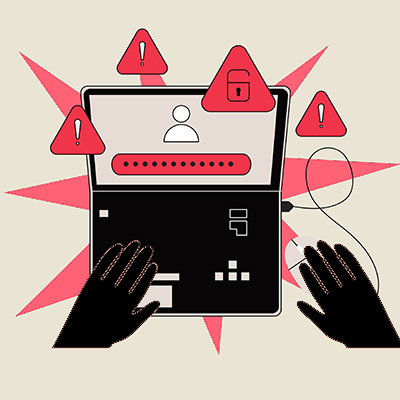Recent Blog Posts
What is Disaster Recovery as a Service? Disaster Recovery as a Service (DRaaS) is a cloud-based solution that provides businesses with a comprehensive and cost-effective way to recover data and IT infrastructure in the event of a disaster. It offers a proactive strategy to ensure minimal downtime and data loss, helping companies maintain operations even during catastrophic events.
Loss of Efficiency Technology can significantly improve operational efficiency by automating tasks, streamlining processes, and reducing manual errors. Failing to invest in technology can result in higher operational costs, longer lead times, and reduced productivity compared to competitors who leverage technology to optimize their operations.
Building Better Collaboration Efficient communication and seamless collaboration are indispensable for the success of any small business. Employing collaboration tools can greatly enhance team interaction, boost productivity, and streamline project management. These platforms offer real-time messaging, file sharing, and video conferencing capabilities, facilitating effortless teamwork among your staff.
The Simple Fact is that Ransomware Hurts in Many Ways Let?s walk through what a modern ransomware attack might look like, acknowledging all the ways that the affected business would suffer as a result of the infection.
So, what is the SLAM method? The SLAM Method is a Simple Practice to Help Spot Phishing The SLAM method is a framework to help keep phishing prevention practices in mind.






